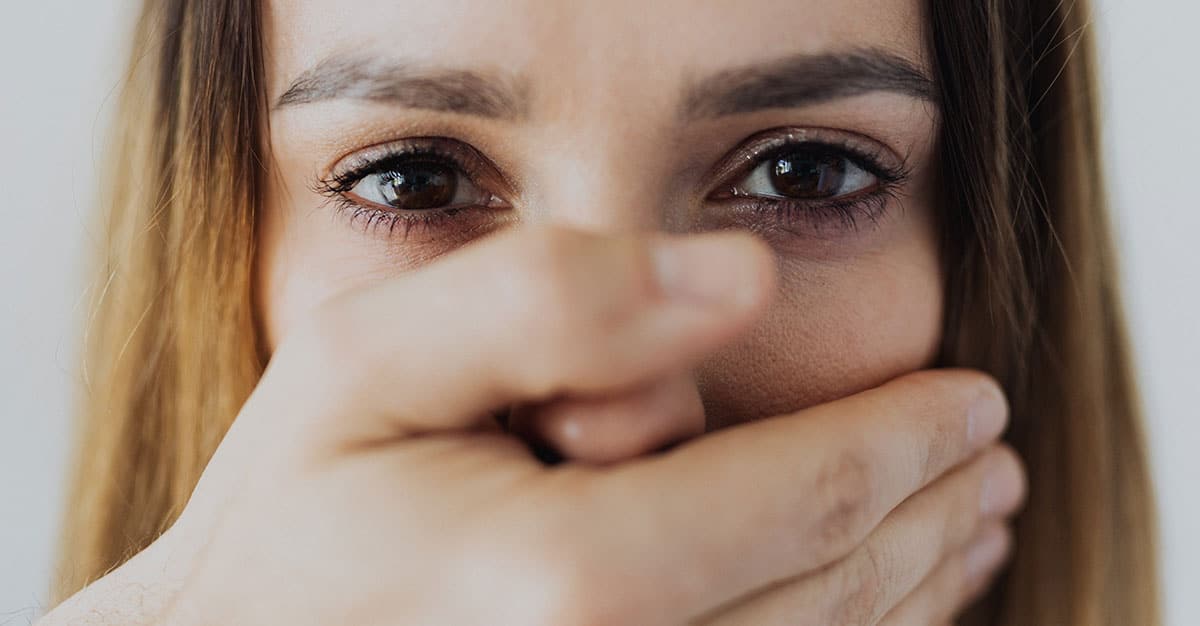Can the protected person contact the respondent? A legal guide
It can be tricky to navigate the legal intricacies of domestic violence or abuse cases. This can be doubly difficult when there’s an AVO (or ‘apprehended violence order’,) issued which governs what one party can and can’t do.
But who is governed by the AVO? Can the victim – the person protected by the order – still make contact with the respondent? And will this be a breach of the order?
Let’s dive in.
What’s an AVO?
First and foremost, we need to understand Intervention Orders, AVOs, DVOs and restraining orders. What are these exactly? Well, these are the types of orders you might encounter in the various states across Australia. Each of these are court orders designed to protect victims of domestic or personal violence or abuse, or who are fearful of future violence or abuse.
Each state has their own name for these orders. These are:
- AVO (Apprehended Violence Order) in New South Wales
- IVO (Intervention Order) in Victoria
- DVO (Domestic Violence Order) in Queensland
- VRO (Violence Restraining Order) in Western Australia
- FVO (Family Violence Order) or restraining order in Tasmania
- DVO (Domestic Violence Order) in Northern Territory
- IVO (Intervention Order) in South Australia
- FVO (Family Violence Order) or PPO (Personal Protection Order) in Australian Capital Territory
For our purpose, we’ll primarily refer to these types of orders as protection orders, AVOs or DVOs.
How do protection orders work?
In general, protection orders work in a similar way. The courts will issue a protection order if there is evidence that the applicant (also known as the ‘protected person’) has reasonable grounds to fear violence, abuse, stalking or intimidation. However, in some states, a protection order will only be issued if there’s been a prior act of violence by the respondent against the applicant.
Protection orders don’t physically stop violence or abuse. However, they put limitations in place that can be supported by law enforcement and the legal system. For example, they might prohibit a respondent from contacting the applicant, from destroying property or from approaching someone after they’ve been drinking.
The benefits of protection orders are that they can be obtained with relative ease, they can be tailored to the unique needs of the applicant and they’re flexible, allowing for change when needed.

Can the protected person contact the respondent?
When a protection order is put into place, can the protected person contact the respondent? It’s a good question. And the short answer is yes, they can. The only person that a protection order imposes legal limitations on is the defendant (or respondent). Because of that, only the defendant’s actions are governed by the AVO.
The protected person, on the other hand, is free to do as and what they wish. This includes contacting the respondent even where the protection order has put limitations on contact by the respondent themselves.
However, while the protected person can contact the respondent, it’s important to recognise that doing so could potentially lead to complications with the protection order. And from a practical standpoint, opening up communication can lead to misunderstandings and pave the way for eventual violations of the order on the part of the other party. In fact, by contacting the defendant, the protected person could also be assisting the defendant in breaching the AVO.
Can a victim breach an AVO or protected person breach an intervention order or other protection order?
Because a protection order only has a legal impact on the defendant then only the defendant can potentially breach that order. So, if you’re the protected person then the law doesn’t put you in the hot seat for reaching out, making contact or doing anything else that’s limited (for the defendant) in the protection order. Simply put, a victim can’t breach an AVO.
But as mentioned above, if you do reach out, it could create a problem for the defendant. They could be breaching the order simply by talking to you. Worse, however, is that if the court sees that you’ve been contacting the respondent, they might take the view that you aren’t really at risk and that the protection order isn’t needed anymore.
So, while the letter of the law says you’re not the one breaching the order, the order is there for your protection and abiding by it is in your best interests.
What if the protected person asks the defendant to violate the AVO/Intervention Order?
Each state will have its own rules when it comes to a protected person asking a defendant to violate a protection order. However, in general, only the defendant can breach a protection order. In other words, compliance with the order is always the defendant’s responsibility, regardless of any requests made by the protected person.
If a protected person feels that they need to communicate with or otherwise interact with the defendant on their order, it’s best that they first apply to the court to remove that condition of the order. They can even have the entire AVO removed if the situation warrants it. This is a better approach than asking the defendant to violate the terms of a protection order that’s currently in effect.
As the defendant, what should you do if you’re getting harassed by the protected person in a protection order?
If you’re the respondent and the protected person contacts you, or harasses you, here’s what you should do:
- First, stay on the safe side. Don’t respond, but do document the communication.
- Second, get some legal advice. A lawyer will help you understand your rights and best course of action.
- Third, get some support from friends, family or other professionals to take care of yourself.
Getting legal support
If you feel that you’re at risk or need to seek a protection order, get in touch with our team. We’re on hand to help. Are you the defendant and are worried that you’re being harassed by a respondent? We can help you with that as well.
Request a call back from our supportive team via the form below or feel free to call us directly for a chat.
Do you have a question about family law or relationship law?
Call now 03 9088 3184
If you would prefer an Australian Family Lawyers team member to contact you, complete the form below.



